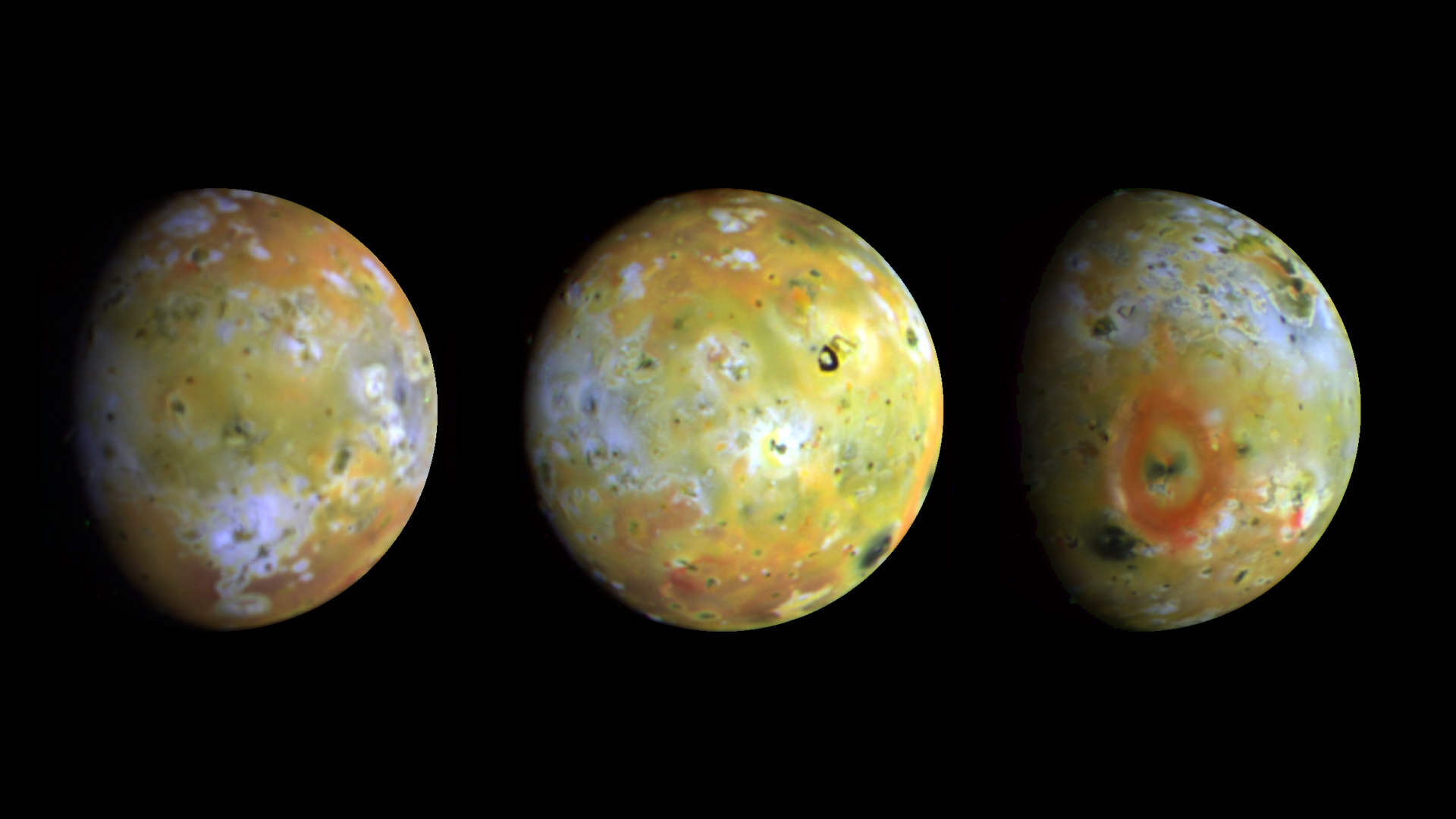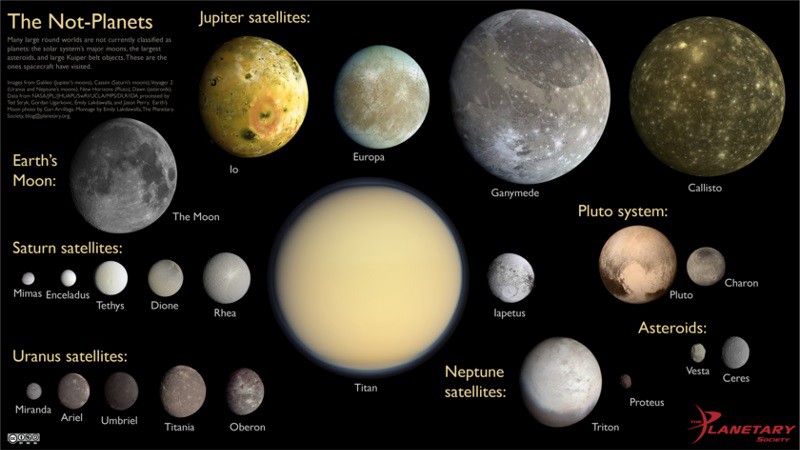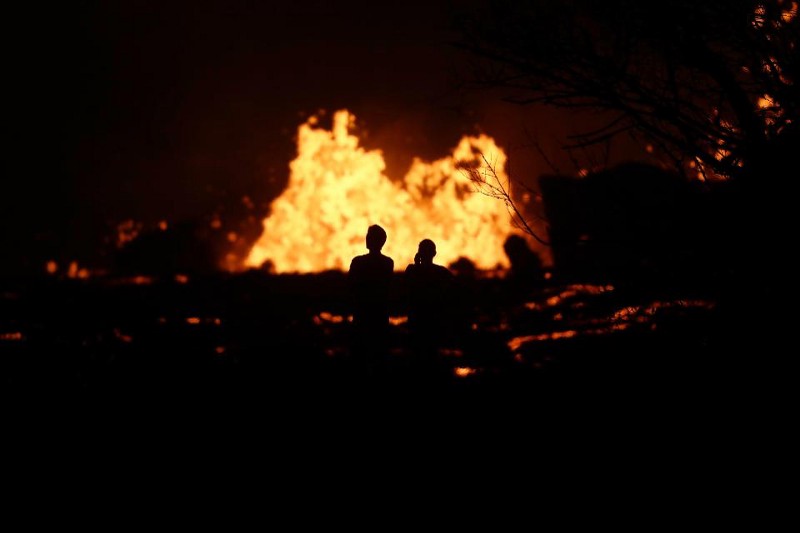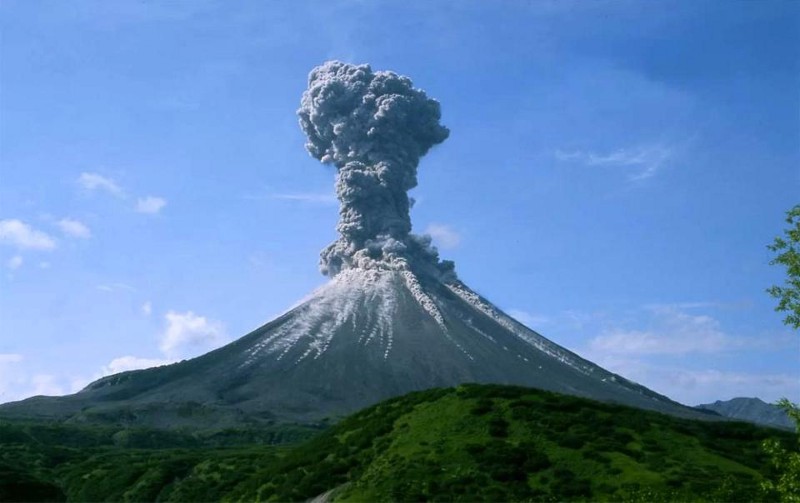Active volcanism in the Caucasus Mountains

Mt. Elbrus in southern Russia, one of the active volcanoes in the Caucasus Mountains. (Note the prominent flow levees sticking out of the snow cover on the dacite lava flow in the middle of the image.)
Most people (including myself) aren’t fully aware of the active volcanoes in the Caucasus Mountains, but sure enough, there are volcanoes that have erupted fairly recently (geologically-speaking). One of the active volcanoes in the Caucasus Mountains of Russia is Mt. Elbrus, just north of the border with Georgia, and it has erupted as recently as ~50 A.D., which for a volcano is the blink of an eye (well, maybe a long blink as blinks go). Elbrus is big – it is the third tallest volcano in the northern hemisphere and appears as a twin-capped composite volcano (somewhat like California’s Shasta – see the image above) reaching over 5,600 meters. Surprisingly little is known outside of Russia about the volcanic history of Elbrus beyond the most recent eruption almost 2,000 years ago, but it appears to behave much like many continental composite volcanoes – dacitic lava flows (one of which travelled 24 km), explosive eruptions and, currently, weak fumarolic activity and hot springs on the edifice itself. Some very recent research on Elbrus suggests the volcano has been active for over 200,000 years and might be a candidate for a caldera-collapse eruption (which wouldn’t be the first in the area), but the latter is speculation.
All of this makes it surprising to stumble across a news article talking up the threat of an eruption at Elbrus. The title leaves much to be desired (“Scientists predicting Elbrus eruption”) as the article actually goes on to say that scientists from the Elbrus Scientific Research Centre of Moscow State University noted that there is still persistent fumarolic activity at the summit of the volcano, suggesting that there is still magma relatively near the surface (within a few kilometers). The real threat at Elbrus is the glaciers and snow on the volcano that could catastrophically melt if the volcano were to erupt – thus the call by the ESRC for increased monitoring of the volcano – both in the form of seismometers and gas measurements. Clearly, that sounds like a good idea for any large volcanic system with thousands of people living nearby.




